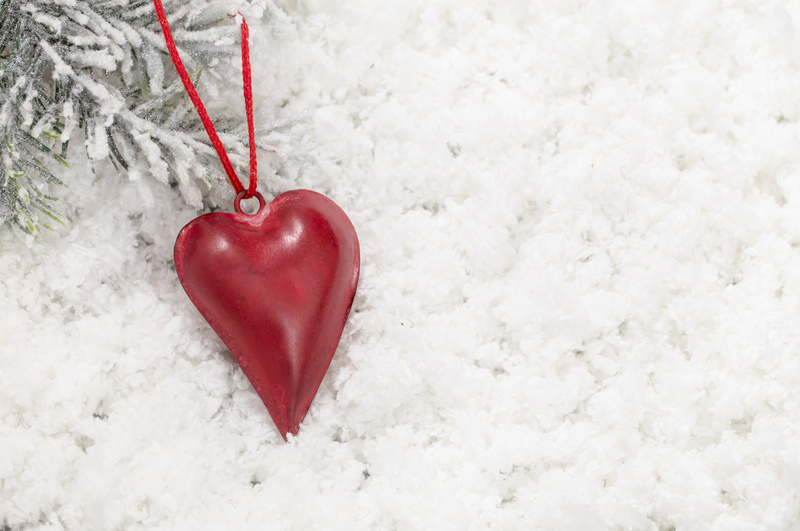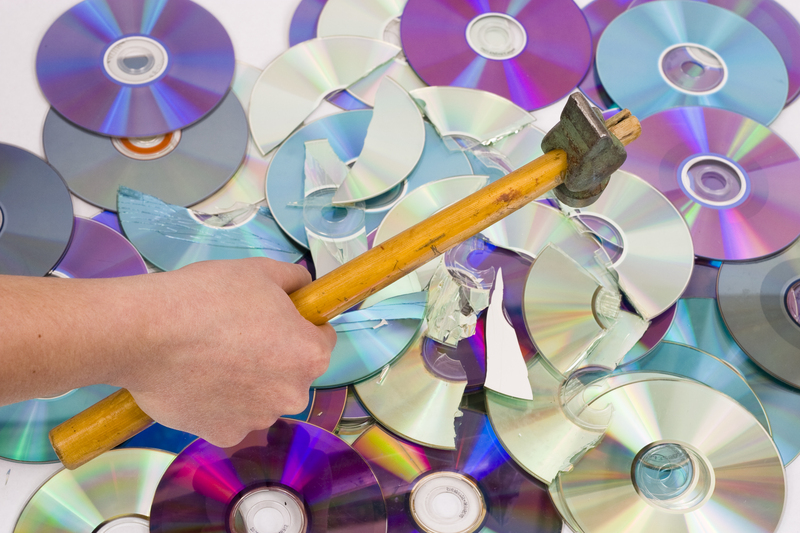Innovations in Packaging and the Cardboard Disposal Journey
Cardboard packaging plays a pivotal role in the modern global supply chain, protecting products and enabling seamless logistics. But as e-commerce and consumerism soar, so too does the volume of disposed packaging. Innovations in packaging and the cardboard disposal journey are transforming how products are shipped, how businesses operate, and how we, as consumers, handle recyclable waste.

Understanding the Role of Cardboard in Modern Packaging
Cardboard is a preferred packaging material due to its sustainability, cost-effectiveness, and versatility. From simple shipping boxes to complex protective inserts, cardboard solutions abound in every sector. According to the Environmental Protection Agency (EPA), cardboard accounts for over 30% of the total waste generated by packaging materials in the US. This makes the innovations in packaging and the cardboard disposal journey not just an environmental concern but also a substantial business opportunity.
Cardboard: More Than Just Boxes
- Corrugated Cardboard: Used mainly for shipping, thanks to its strength and cushioning properties.
- Folding Cartons: Found in retail packaging for goods like cereal or pharmaceuticals.
- Molded Pulp: Made from recycled paper and cardboard, used for trays and protective packaging.
- Laminated Cardboard: Enhanced with coatings for added durability, moisture-resistance, or aesthetics.
Understanding the diversity of cardboard packaging helps appreciate the packaging innovations currently shaping the industry and the ensuing challenges for cardboard disposal.
Key Innovations in Cardboard Packaging
Traditional cardboard packaging is giving way to more sustainable and innovative solutions that address both functional and environmental needs. Here are some of the most exciting trends:
1. Smart Packaging With Embedded Technology
- RFID Tags & QR Codes: Cardboard packages now increasingly incorporate RFID (Radio-Frequency Identification) and QR Codes. These enable real-time tracking, improved inventory management, and enhanced transparency throughout the supply chain.
- Smart Labels: Driven by e-commerce, many boxes have sensor-based labels that monitor temperature, humidity, and shock exposure--crucial for pharmaceuticals and perishable goods.
Such technologies not only add value but can also improve the cardboard disposal process through precise tracking and automated sorting facilities.
2. Lightweighting and Design Efficiency
- Minimalist Design: Businesses are using less material per box without compromising on strength. This reduces both costs and the burden on waste streams.
- Custom Fit Packaging: Algorithm-driven design allows brands to create boxes tailored to exact product dimensions, reducing shipping space and excess packaging.
Lightweighting and efficient design are key for reducing carbon footprints and simplifying cardboard recycling.
3. Biodegradable and Compostable Coatings
- Water-Based Coatings: Replace traditional wax or plastic linings, making cardboard more easily recyclable and even compostable.
- Bio-Ink Printing: Utilizes organic pigments for branding, reducing the introduction of toxins into the recycling stream.
Such coatings further close the loop in sustainable packaging and make the cardboard disposal journey more eco-friendly.
4. Modular and Reusable Packaging Solutions
- Returnable Cardboard Boxes: Some logistics companies now offer sturdy cardboard containers designed for multiple shipping cycles, lessening single-use waste.
- Interlocking Systems: Cardboard designs like interlocking shelves and partitions promote reuse in creative and practical ways.
These innovations in packaging directly impact the overall waste generated and offer new life cycles for cardboard products.
The Cardboard Disposal Journey: From Curbside to Recycling Plant
The journey of a cardboard box doesn't end at your doorstep. Instead, a fascinating process unfolds--a journey involving collection, sorting, recycling, and in some cases, upcycling. Understanding this pathway is essential for anyone interested in sustainable packaging and waste management.
Collection and Transportation
- Curbside Pickup: Most municipalities provide regular recycling collection for cardboard. It's crucial to ensure boxes are flattened and free from food contamination to facilitate efficient recycling.
- Drop-off Centers: Some communities have dedicated recycling centers for bulk cardboard drop-off, ideal for businesses or large organizations.
Sorting and Preparation
Upon arrival at a recycling facility, cardboard goes through both manual and automated sorting. Here's what happens:
- Contamination Removal: Boxes tainted by oil, food, or excessive tape are separated to avoid contaminating the recycling stream.
- Category Sorting: Cardboard is sorted by type--corrugated versus flat paperboard--since they have different recycling requirements.
Proper sorting is key to maximizing the success of the cardboard recycling journey.
Pulping and De-Inking
- Pulping: Sorted cardboard is mixed with water and shredded into pulpy fiber. This pulp forms the basis for new paper and cardboard products.
- De-Inking: If necessary, chemicals or air bubbles are used to remove inks and adhesives, maintaining a higher quality in the recycled material.
Manufacturing New Cardboard Products
- Sheet Formation: The clean pulp is rolled out, dried, and layered to create new sheets of cardboard.
- Conversion: These sheets are cut, folded, and assembled to form boxes, cartons, or molded packaging components ready for use all over again.
This cyclical process highlights why innovations in cardboard packaging and its disposal journey are so important for reducing the environmental footprint of consumer goods.
Advanced Technologies in Cardboard Recycling and Disposal
To keep up with growing cardboard waste, recycling facilities and innovators are investing in groundbreaking technology. Some examples include:
Automated Robotic Sorting Systems
High-tech facilities now boast robotic arms and image recognition powered by artificial intelligence. These systems can:
- Quickly identify and sort cardboard from mixed waste streams
- Boost throughput and reduce human error
- Improve the overall efficiency and quality of recycled materials
Chemical Recycling and Fiber Regeneration
While traditional mechanical recycling breaks down cardboard physically, new chemical methods can:
- Dissolve old fibers for reconstruction, creating almost-new material
- Handle heavily printed or contaminated cardboard better
- Enhance the strength of recycled products for further reuse
IoT-Enabled Waste Tracking and Optimization
Internet of Things (IoT) devices are now common in waste bins, trucks, and processing facilities. Their benefits include:
- Optimized collection routes, reducing fuel usage
- Real-time contamination alerts
- Better data for cities to improve recycling rates
The Environmental and Economic Impact of Cardboard Innovations
Why do innovations in packaging and the cardboard disposal journey matter? Consider these impacts:
Reduced Carbon Footprint
Efficiently designed packages require fewer raw materials and less transportation, directly decreasing greenhouse gas emissions. Recycled cardboard uses approximately 75% less energy than producing new paper products from virgin pulp.
Cost Savings for Businesses
- Lean Packaging: Less material translates to lower production and shipping costs.
- Efficient Disposal: Companies who recycle cardboard can save on landfill fees and even earn revenue from selling baled cardboard.
Consumer Engagement and Brand Loyalty
Eco-friendly packaging designs signal corporate responsibility, making brands more attractive to sustainability-minded consumers. Many shoppers even seek out products with packaging optimized for easy recycling or composting.
Compliance and Regulatory Benefits
Governments increasingly mandate recycling targets and restrict landfill use for cardboard waste. Innovations ensure businesses remain compliant while also supporting global environmental goals.
Challenges and Opportunities Ahead
Despite massive progress, the journey toward sustainable cardboard packaging and efficient disposal faces some hurdles:
- Contamination: Food residue, oils, and wet conditions can render cardboard non-recyclable. Better consumer education and improved sorting tech are key.
- Composite Materials: Packages combining cardboard with plastic films or metal foils complicate recycling. Innovations in mono-material or easily separated components are critical.
- Recycling Infrastructure: Not all regions have access to advanced recycling facilities, limiting the potential for closed-loop solutions.
- Adoption Barriers: Businesses may hesitate to adopt innovative materials due to cost, inertia, or regulatory uncertainty.
However, as consumer demand grows for sustainable options, investment and innovation in packaging and cardboard disposal will accelerate, driving the industry toward a more circular economy.
How Consumers and Businesses Can Help
Solving the challenges of cardboard waste requires combined effort:
For Consumers
- Always flatten cardboard boxes before recycling.
- Remove any plastic liners, tapes, or labels attached to the box.
- Avoid recycling boxes contaminated with food or oil; compost if possible.
- Support brands prioritizing sustainable packaging innovations.
For Businesses
- Invest in recyclable, compostable, or reusable cardboard packaging solutions.
- Collaborate with recycling and waste management providers for efficient collection and disposal.
- Engage customers with clear recycling instructions--on-package or through digital means.
- Track and report waste diversion data to support continuous improvements.

The Future of Packaging and the Cardboard Disposal Journey
The future promises even more exciting innovations in sustainable packaging and more efficient cardboard recycling. Technologies like AI-powered automated sorting, biodegradable specialty coatings, and advanced pulp regeneration are already making waves. As businesses and consumers rethink their packaging choices, the journey from production to disposal can be not only closed-loop but truly regenerative.
In summary: Innovations in packaging and the cardboard disposal journey are reducing environmental impact, saving costs, and building a greener economy. By understanding and embracing these advancements, we pave the way for a more sustainable future--one box at a time.
Conclusion
From smart packaging and biodegradable coatings to AI-assisted recycling, the innovations shaping cardboard's lifecycle are revolutionary. As packaging evolves, so must our approach to disposal and recycling. With continuous advancements in technology and a commitment to sustainability from businesses and consumers alike, the cardboard disposal journey is becoming an inspiring example of a circular, eco-friendly future.
For organizations looking to make a difference, investing in cutting-edge packaging and participating in local recycling initiatives can enhance both their brand and the environment. For individuals, responsible disposal and demand for sustainable products can drive industry change. Together, we can innovate the entire packaging ecosystem and transform the cardboard disposal journey for generations to come.